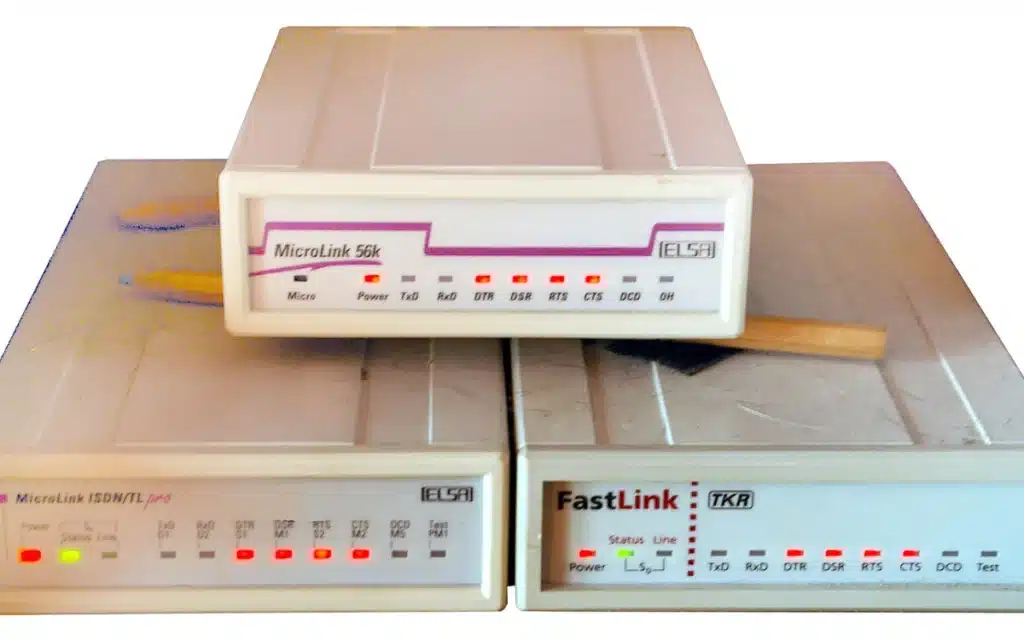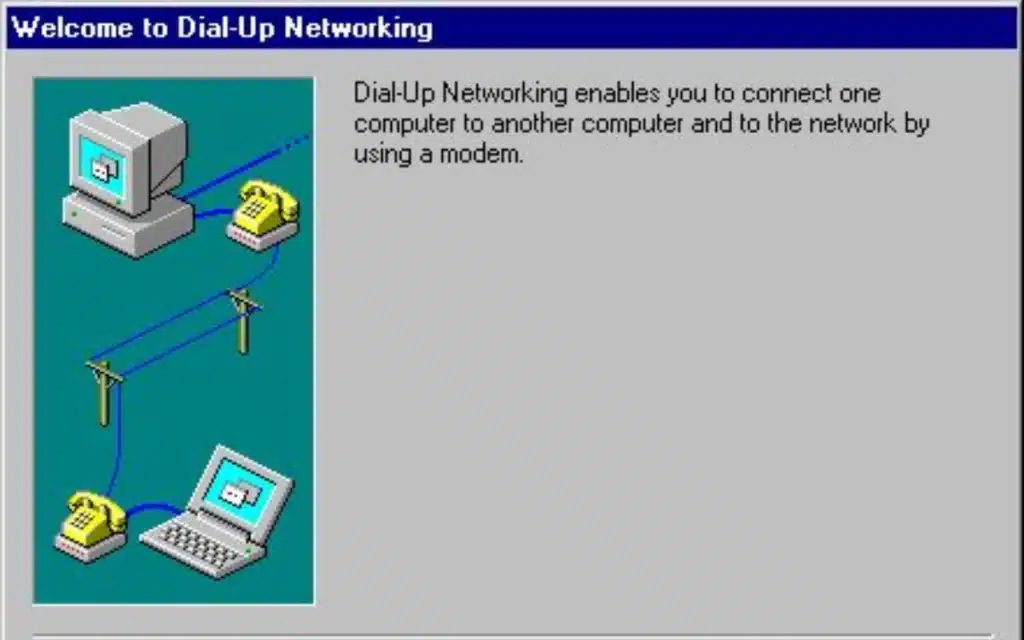No more static symphony as AOL dial-up internet officially closes down September 30
Published on Aug 15, 2025 at 9:39 AM (UTC+4)
by Jason Fan
Last updated on Aug 15, 2025 at 10:32 AM (UTC+4)
Edited by
Kate Bain
AOL dial-up internet, once the gateway to the online world for millions, is finally logging off for good on September 30, 2025.
The company confirmed it will shut down its decades-old dial-up modem service, marking the end of an era when connecting to the web meant enduring that familiar chorus of static, beeps, and hisses.
Along with the service, AOL will retire its AOL Dialer software and the AOL Shield browser, tools built for a slower, simpler web.
For those who remember the 1990s and early 2000s, the closure is the curtain call for a defining chapter of internet history.
VISIT SBX CARS – View live supercar auctions powered by Supercar Blondie
AOL dial-up was the largest online provider in its heyday
Launched as ‘America Online’ in 1991, AOL dial-up grew out of even earlier roots in Quantum Link for Commodore computers.
Initially a closed network, AOL didn’t offer full internet access until 1994, when users could finally browse the web, visit newsgroups, and use early internet services.
In its heyday, the service boasted over 25 million subscribers, making it the largest online provider in the United States.
AOL had a signature approach: simple software, flat-rate pricing, and ubiquitous free trial CDs.
These all came together to bring non-technical users online, without the headaches of manual network configuration.
For rural and underserved communities, dial-up was often the only way to get online.

Even in 2022, US Census data showed around 175,000 households still used dial-up, often because broadband infrastructure was unavailable or too costly.
For these users, alternatives like satellite internet offer faster speeds but come with higher prices, latency issues, and data caps.
Maybe it’s a good thing they have less access to the internet, lest they follow in the footsteps of this remote Amazon tribe, whose kids became addicted to social media after getting Starlink.
The impending shutdown highlights the persistence of America’s digital divide, where geography can dictate whether you enjoy gigabit fiber or struggle to load a single webpage.
The dial-up connection ritual was charming in its own way
Dial-up’s limitations were staggering by modern standards.
Today, we take tasks like streaming a video or downloading a high-resolution image for granted.
However, when speeds were capped at 56 kilobits per second, doing these simple tasks could take minutes or even hours.
Luckily, internet is quite a bit faster these days.
In fact, a team of Japanese researchers managed to produce a record-breaking new internet speed of 1.02 petabits, which is fast enough to download the entire Netflix catalog in merely one second.
Still, the dial-up connection ritual held a certain charm: the modem’s screeching handshake, the ‘You’ve got mail’ greeting, and the endless hours spent in chat rooms and on instant messenger.

While other niche providers like NetZero and Juno still offer dial-up, AOL’s exit is symbolic.
It closes the book on a service that not only connected people to the internet but also shaped early online culture.
Considering we now expect to get WiFi while flying 30,000 feet in the air, or cruising in the middle of the ocean, the future is truly here.
DISCOVER SBX CARS: The global premium car auction platform powered by Supercar Blondie
Jason Fan is an experienced content creator who graduated from Nanyang Technological University in Singapore with a degree in communications. He then relocated to Australia during a millennial mid-life crisis. A fan of luxury travel and high-performance machines, he politely thanks chatbots just in case the AI apocalypse ever arrives. Jason covers a wide variety of topics, with a special focus on technology, planes and luxury.




